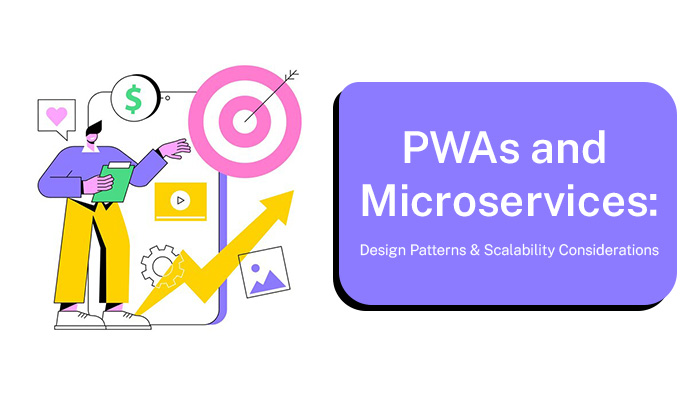In the realm of software development, the fusion of Progressive Web Applications (PWAs) and microservices has emerged as a promising approach for achieving scalability in modern architectures. This article delves into the intricacies of design patterns and scalability considerations when implementing PWAs with microservices. By exploring strategies such as containerization, orchestration, load balancing, auto scaling, fault tolerance, data management, security measures, and performance optimization, this article aims to provide a comprehensive understanding of building scalable PWAs and microservices architectures. Key Takeaways PWAs deliver app-like experiences across devices and provide offline access and push notifications. Microservices orchestration platforms like Kubernetes aid in the management and coordination of PWAs and microservices architectures. Service discovery mechanisms and load balancing techniques are crucial for dynamic communication and efficient resource allocation. Performance optimizations such as service worker caching, lazy loading, and image compression contribute to improved PWA performance. The Importance of PWAs in Scalable Microservice Architectures The integration of Progressive Web Applications (PWAs) in scalable microservice architectures is crucial for
